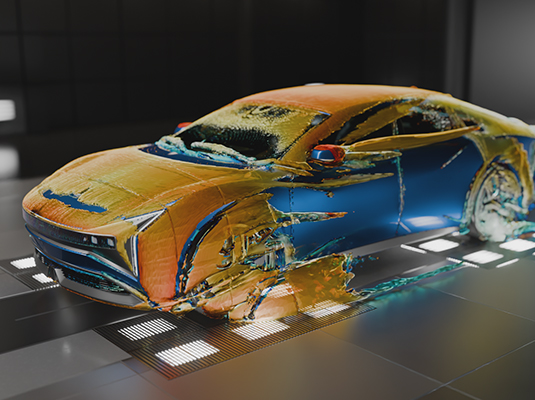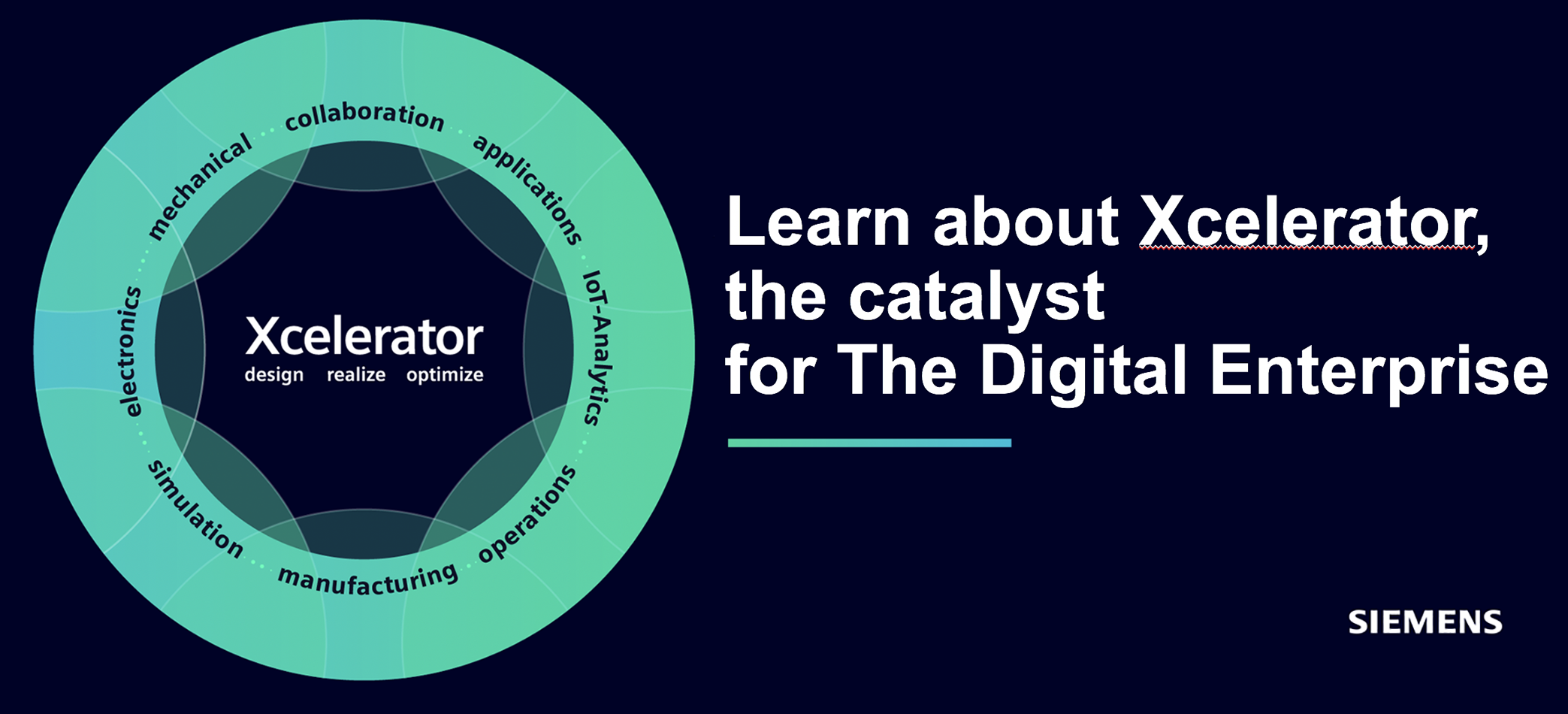With this powerful combination, Hemmelgarn claims that it will be able to more seamlessly accelerate the digital transformation of Siemens customers by integrating the real and digital worlds.
“Altair’s data science and AI-powered simulation capabilities will help reduce time to market, accelerate design iterations and unlock our industrial expertise in product lifecycle and manufacturing processes,” he says, adding:
“This strategic move also strengthens Siemens’ position as a leading technology company and strengthens our leadership in industrial software and artificial intelligence.”
As for the new portfolio organization, Simulation, it will be led by Sam Mahalingam, Altair’s Chief Technology Officer. This is an Altair representative that PLM&ERP News readers have met on several occasions. Among other things, he is known as the person who oversaw the development and deployment of Altair’s simulation, HPC and AI technology and portfolio of products and solutions.
“Sam Mahalingham will now report directly to me with a dotted line to Joe Bohman, and Jean-Claude Ercolanelli will report to Mahalingham. This new segment will integrate Altair’s advanced simulation, high-performance computing and AI capabilities with our existing strengths to deliver unparalleled, end-to-end digital solutions,” comments Tony Hemmelgarn.

Pushing Siemens PLM Revenue Towards $8.0 Billion Level
The purchase of Altair Engineering will move Siemens up to become the market’s second in the CAE area with, including the additional revenues that Altair brings to the table, with total revenues between $1.8 to $1.9 billion. The German PLM giant thus overtakes both MathWorks and Dassault when it comes to generating CAE revenue. Synopsys owned Ansys continues to top the list.
Earlier when the acquisition was announced some months ago analyst CIMdata noted that Siemens already has a significant digital portfolio in its PLM division, but that the purchase of Altair further expands the portfolio with HPC, data analytics and key simulation technologies such as CAD-neutral modeling and meshing tools, implicit and explicit dynamics solvers, electromagnetics solvers, and topology optimization, all integrated with state-of-the-art AI/ML capabilities.
Interesting is also that the revenues that Altair brings also push Siemens up towards the level of $8 Billion in total for the PLM division. This, in turn, means that it sails up as the overall market leader in terms of PLM-related revenue ahead of Dassault, which in 2024 had $6.68 billion in total.
CIMdata further points out in its analysis that the combined Siemens and Altair S&A portfolio will establish a technically close to complete coverage, including the main domains of multiphysics simulation, HPC and AI-driven simulation technology:
”When Siemens integrates with Altair and other Siemens Digital Industries Software offerings such as Simcenter , Teamcenter, NX, Polarion and EDA pieces, Siemens will have one of the most comprehensive portfolios of digital engineering solutions spanning the entire product lifecycle,” writes CIMdata.

Expensive, yes, but was the price too high? Was Messi Too Expensive for Barcelona?
In an earlier column PLM&ERP News’ editor-in-chief, Verdi Ogewell, discussed around the purchase price: Was it too high?
“There are, of course, several aspects to this, and yes, it was expensive in absolute terms. However, many argue that the technological value that Altair brings can make up for a lot of the $10.6 B price tag. Other bits are that during the last 5-6 year period, Altair developed a growth momentum, based on strategic acquisitions and a heavy internal innovative development culture, which among other things brought with it comprehensive updates and modernizations of interfaces, functionalities and integrations. At the same time, CIMdata believes that the S&A area has continued high growth potential. The analyst calculates with double-digit annual growth over the next five years. If Siemens succeeds in discounting this to expansive sales, the purchase will be a hit, just as the Mentor acquisition has been,” Ogewell wrote.
Generally, it’s as CEO of Siemens’ PLM division, Tony Hemmelgarn, says to PLM&ERP News: ”It’s expensive, yes, but then that’s what it takes to play in the software M&A world these days.”
He nails the point spot on: maintaining world class takes its toll. Ask Barcelona, for example, why they paid huge money to bring Messi into the team…






